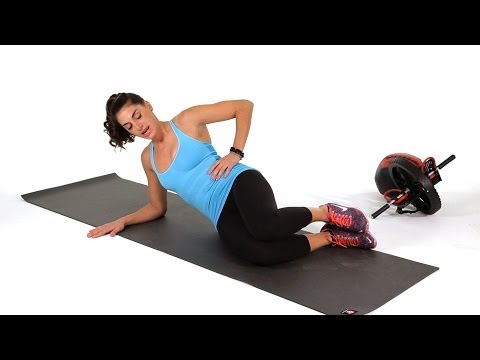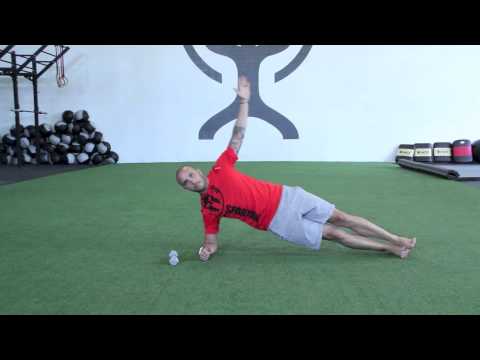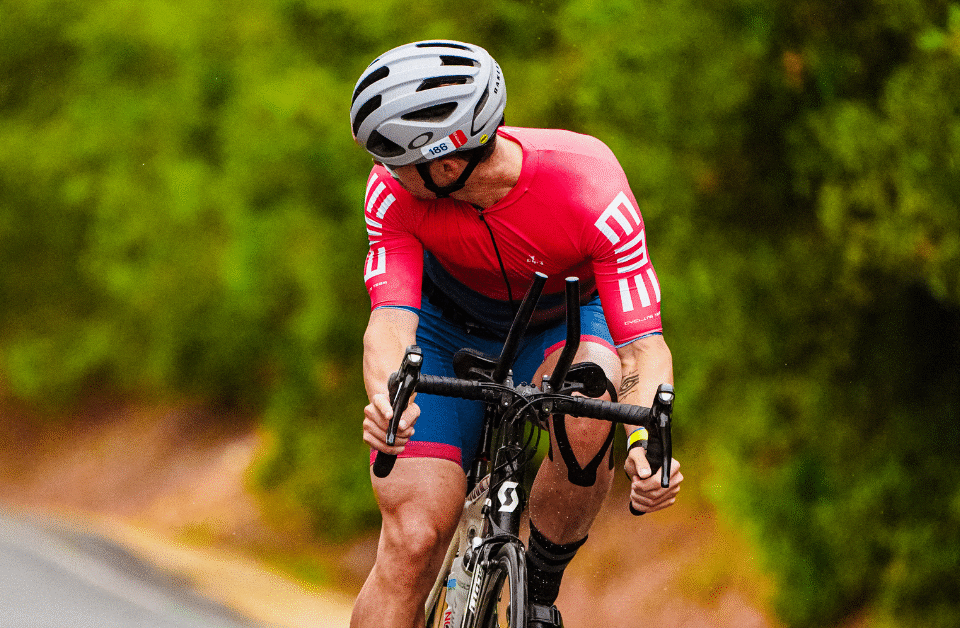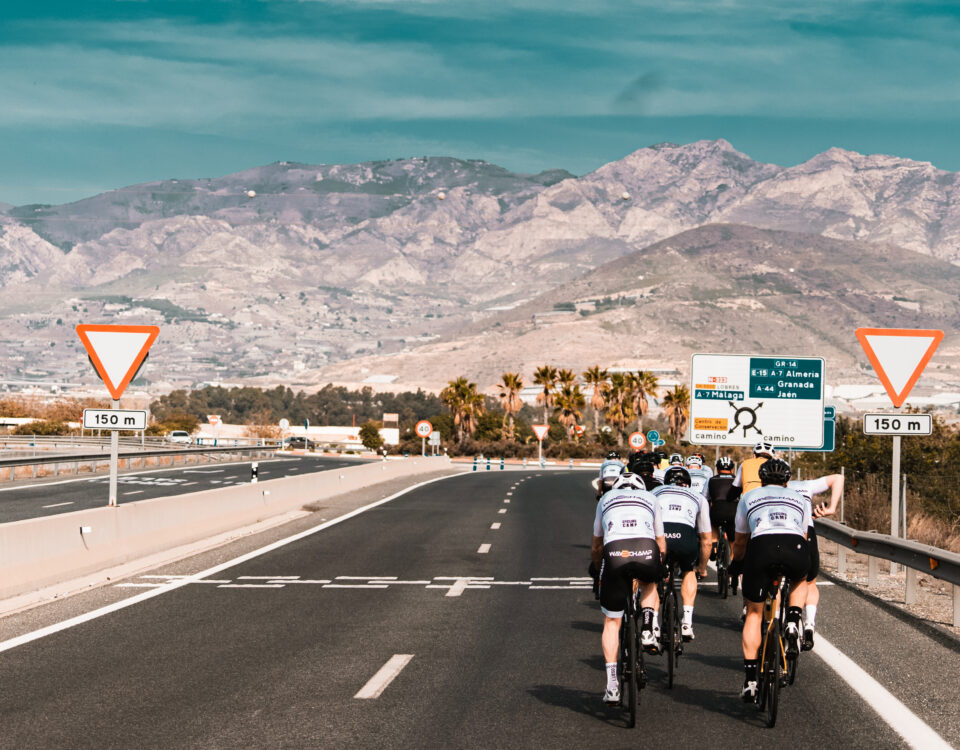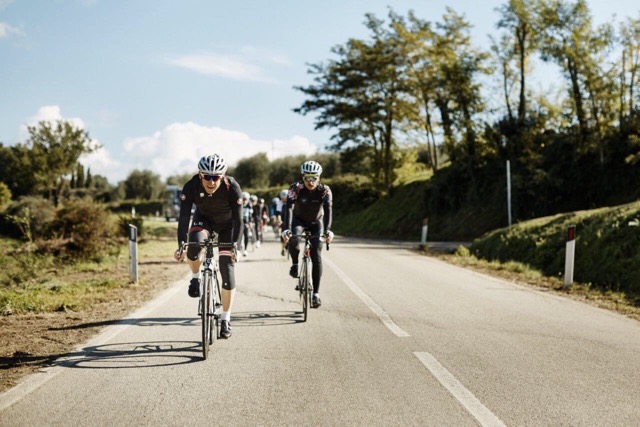
Have you lost your motivation to train and you want to get it back? Try these 7 effective methods!
5 December 2017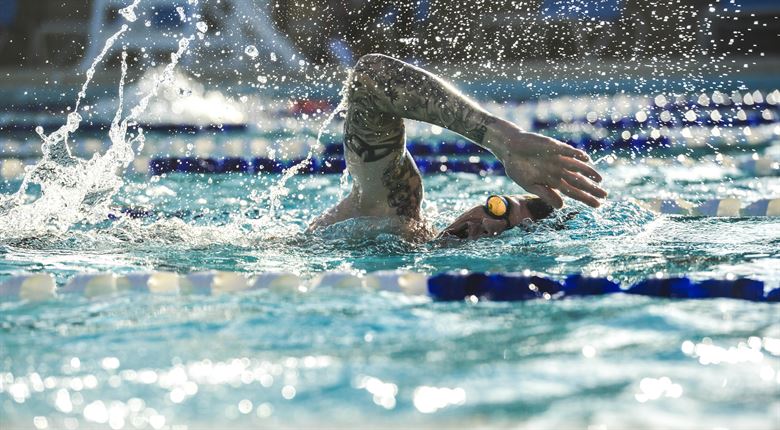
Off-Season Swim Block
25 January 2018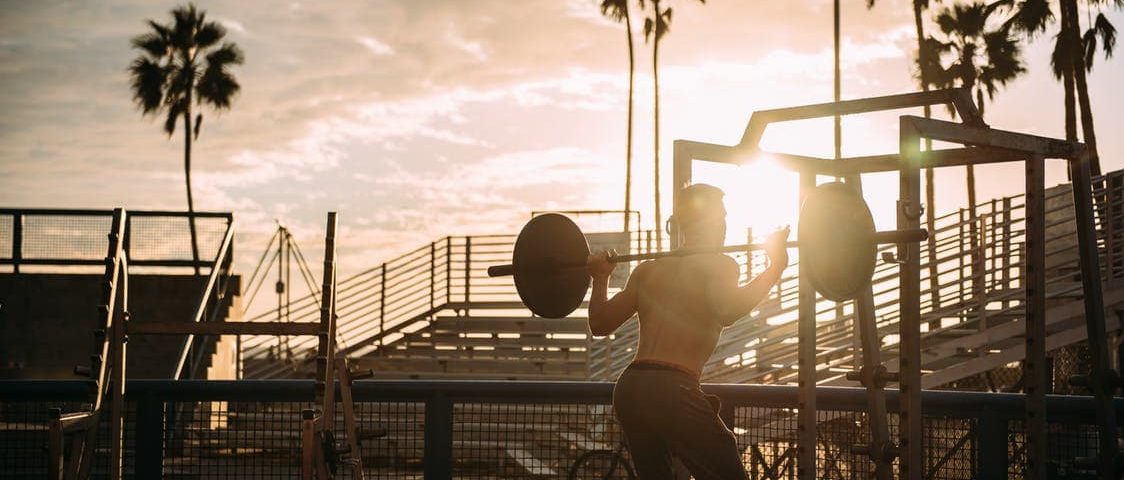
For several years, endurance athletes have included postural muscles workouts in their preparations. They use Swiss balls, Bosu, TRX and other sophisticated devices for this purpose.
Exercises are supposed to increase the strength of postural muscles and the central stabilization of the body called “core.” However, these exercises have little to do with the typical strength training, and the range of repetitions and lack of external loads makes it challenging to improve strength-wise using the classic movement patterns, useful in developing power on a bike. The deep muscle exercises are supposed to protect against injuries, improve posture and deep feeling, i.e., proprioception.
On the other side you can meet triathletes or cyclists – especially track cyclists who perform deadlifts, squats, and other multi-joint exercises with a heavyweight. They do notreally care about central stabilization exercises. The development of maximum strength and power is the most important for these competitors.
So for a cyclist or a triathlete, the goal at the gym should be to shape the central stabilization system or increase the maximum strength?
Well, both components are equally important and should be shaped in parallel. When performing complex exercises, such as deadlift, squat or military press, we actively work with postural muscles and diaphragm. The more weight we want to lift, the more we need to engage our “natural belt” – that is, deep muscles. In the case of maximum loads, we perform the Valsalva maneuver, i.e., an attempt of forced exhalation with closed airways. The maneuver increases the pressure in the chest and decreases the cardiac output.
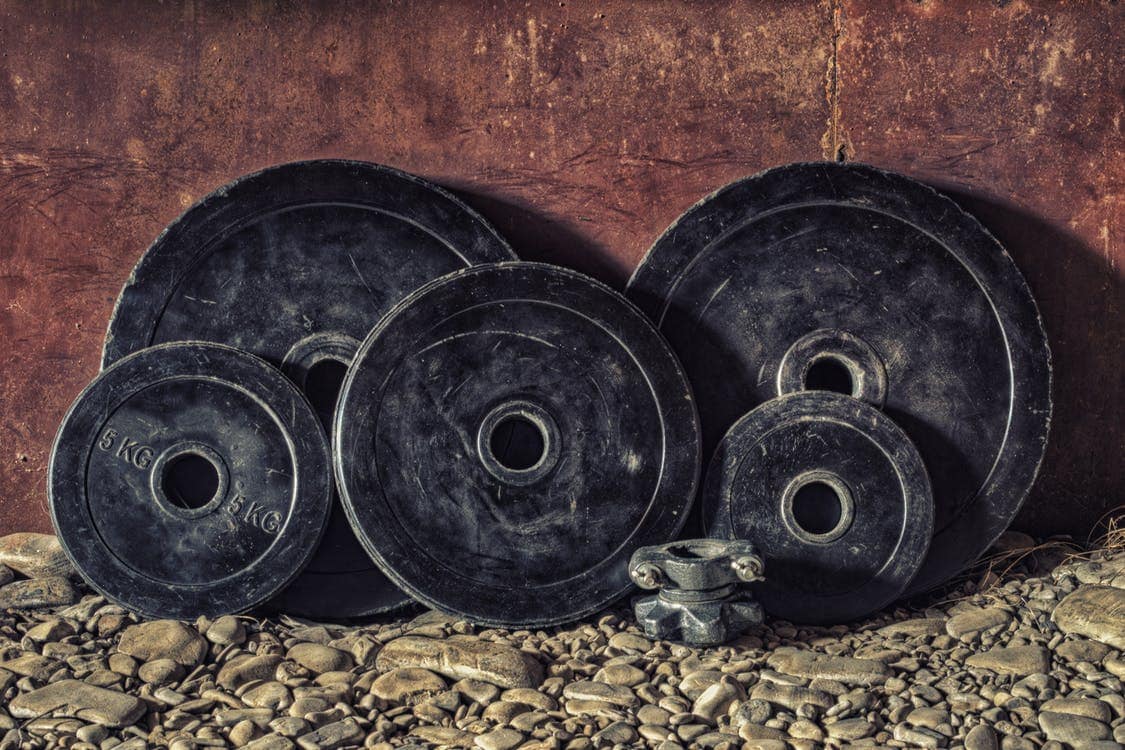
In practice, exercises performed on the unstable ground do not bring benefits when performing the same movement patterns on the stable ground, and besides, weaken the maximum strength. Training the squat on the bosu will, therefore, translate only to a better squat – on the bosu. Not much will change regardintheg power generated on the bike, and can even worsen it.
However, athletes often have extremely weak corset muscles, lacking central stabilization, which translates into a weak squat or deadlift even with a small weight. In this case, you need to use support exercises that focus on stabilizing and maintaining a correct posture. We can start with the simplest activities of four forms of stabilization: anti-gypsum, anti-bend, lateral and anti-rotation. These will be the most basic versions of bodyweight exercises such as plank, reverse plank, side plank, bird dog.
In the case of cyclists, the muscle corset training will stabilize the entire muscular system, thanks to which the transmission of force from the hips and thighs to the bicycle pedals will be improved. A strong muscular corset enhances the acceleration possibilities, not only in sprints but also during climbs – especially when riding in a standing position. Exercises focused on strong stabilizing muscles will prevent the formation and deepening of postural defects and, as a consequence, may prevent injuries.
Gym in the annual plan
Another issue is the participation of strength training in the periodization of your workouts.
In most cases, endurance athletes caton perform 1-2 units of typical strength workouts a week, in this case, it is worth finding time for short training with a focus on strengthening postural muscles.
Cyclists often do not have time for traditional strength workouts during the racing season. In this case, it is worth using a short session, the purpose of which is solely to maintain the core muscle strength. In the case of triathletes during the immediate race preparation, there is also no time for typical strength training, so it is worth maintaining the power of the deep muscles to feel more efficient in all three disciplines.
Practical advice:
– in classic strength workouts, rely on compound, multi-joint exercises, consciously work with deep muscles
– for isolated exercises, choose a standing position instead of a sitting one
– incorporate unilateral exercises into your plan (unbalanced limb work)
– activate stabilization exercises for warming up
– in the case of poor stabilization, you can choose to perform an additional unit of training on the “core”
– perform each exercise consciously and correctly – record yourself during the training or start working with a personal coach at the gym
– if you feel strong in bodyweight exercises, then the next progression will be standing on one leg with weight exercises such as one-legged deadlift with a kettle
Proper Plank technique – Biernat, PhD
Examples of core exercises
1. Anti-rotation extensión stabilization
2. Anti-flexion stabilization
3. Lateral stabilization – side plank
4. Anti-rotation stabilization
BIBLIOGRAPHY:
- The effects of ten weeks of lower-body unstable surface training on markers of athletic performance. J Strength Cond Res. 21(2):561-7. 2007. Cressey, E. et al.
- Maintenance of EMG activity and loss of force output with instability. Anderson, KG and Behm, DG. J Strength Cond Res. 18(3):637-40. 2004.
- Muscle Activation Patterns While Lifting Stable and Unstable Loads on Stable and Unstable Surfaces – Kohler, James M; Flanagan, Sean P; Whiting, William C, Journal of Strength & Conditioning Research. 24(2):313-321, February 2010.
- Deadlift Muscle Force and Activation Under Stable and Unstable Conditions – Chulvi-Medrano, Iván; García-Massó, Xavier; Colado, Juan C; Pablos, Carlos; de Moraes, Joao Alves; Fuster, Maria Journal of Strength & Conditioning Research. 24(10):2723-2730, October 2010.doi:
- Effects of Strength Training Using Unstable Surfaces on Strength, Power and Balance Performance Across the Lifespan: A Systematic Review and Meta-analysis – D. G. Behm, T. Muehlbauer, A. Kibele, U Granacher Sports Med (2015) 45:1645–1669
Autor: Jakub Foltyn, jakub@way2champ.com
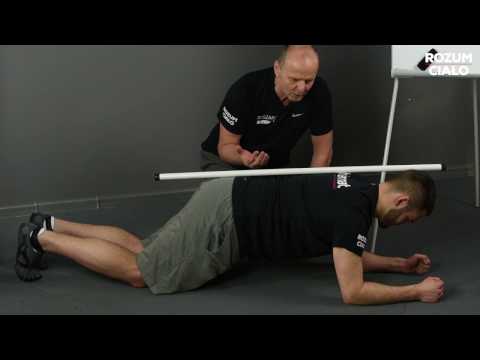
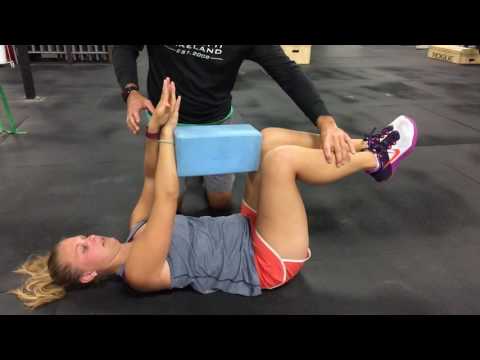
![Reverse Plank Exercise - Core Strength for Runners [Ep57]](https://way2champ.com/wp-content/cache/flying-press/-lidtcouEQM-hqdefault.jpg)
